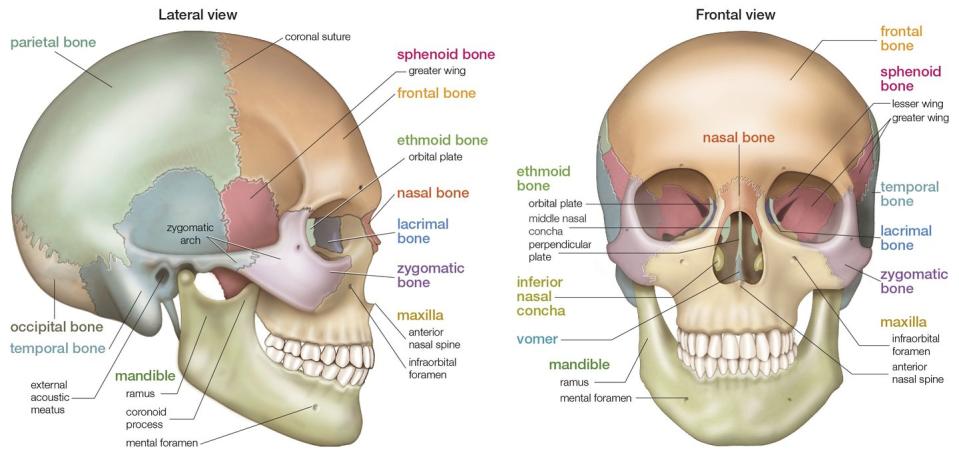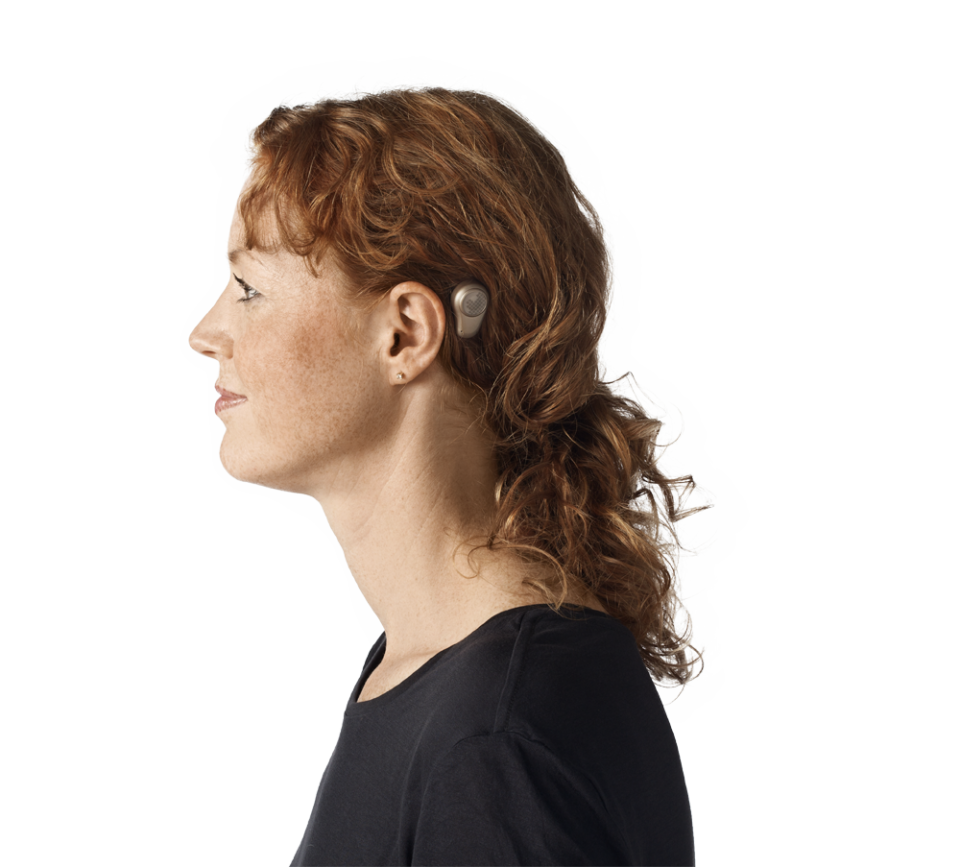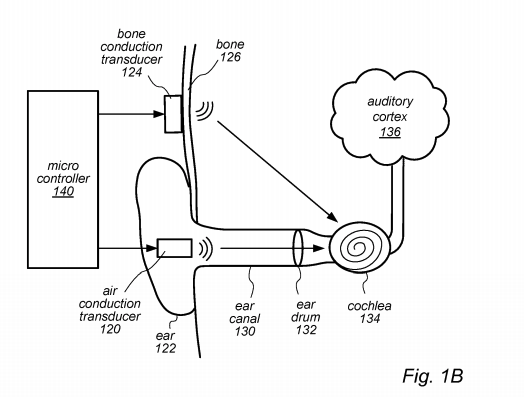Is Apple Working on Bone Conduction AirPods?
The U.S. Patent and Trademark Office granted Apple a patent for a "Multipath audio stimulation using audio compressors."
That means the patent is for a listening device (like AirPods) that could use bone conduction, plus air-based sound transmission.
It could mean Apple is planning a major accessibility upgrade for people with hearing impairments that haven't yet been able to use AirPods.
Apple may be working on AirPods with better sound and better accessibility for people with hearing impairments. The U.S. Patent and Trademark Office has granted Apple a patent for an "apparatus for delivering audio signal" that uses both your typical air-based sound conduction, plus something known as a "bone conduction transducer."
If this is a blueprint for AirPods that exploit the relationship between bone structure and vibrations in your skull to create sound outside your ear canal, it's a game changer for people born without external ear canals, or those who find earbuds painful or ineffective.
According to the background information in the patent, bone conduction headphones let you hear audio directly through vibrations in your skull. Air conduction headphones, by contrast, first convert sound signals into air vibrations your ear can detect.
Dive Deeper. Get unlimited access to every corner of Pop Mech, starting now.
Bone conduction headphones can use various bones in your cranium to establish sound, from the temporal bones on the side of your face at the front or the back of your ears, to the sphenoid bone at the front middle portion of your skull, to even your jaw bone.

These kinds of hearing devices have several advantages. Because they don't obstruct the air in your ear canal, the headphones make it easier for you to hear external sound while listening to your audio. (That's especially important for runners.) And since air isn't required for sound transmission, this kind of technology could enable underwater headphones.
Most importantly, bone conduction headphones are a good alternative for people whose auditory pathways may have been impaired or damaged.
Still, there are drawbacks, including high-frequency sounds, which the inventors say is a major challenge. Human hearing generally ranges from 20 to 20,000 Hertz (Hz), per the patent, but bone conduction technology begins to decline at ranges higher than 4,000 Hz.
And, in a weird twist, you might actually be able to feel the sensation of sound—as in, directly through the bones in your head, which probably isn't as nice as feeling the bass vibration in your Beats Solo headphones. The inventors actually describe this as "a tickling sensation to the user, which can range up to annoying."

To be clear, bone conduction isn't a new technology, and Apple didn't invent it. The tech dates back to at least the 1970s, when researchers introduced the first bone-anchored hearing aids.
These devices bypass the external auditory canal and middle ear and instead use a titanium prosthesis, surgically embedded into your skull. A sound processor is installed on a small abutment that's exposed outside your skin. As the implant vibrates your skull and inner ear, it stimulates nerve fibers that, in effect, make hearing possible.
Surgically implanted AirPods don't sound quite right—unless you're asking Elon Musk, who wants to implant a chip into your head to help you stream music—and the patent pretty much acknowledges that. "In some cases, the bone conduction transducer may comprise a subdermal implant," the patent says.
Plus, there's a chance the hearing device could be combined with "a pair of viewing glasses capable of displaying a video to the user or augmenting the visual perceptions of the user." Apple Glass, anyone?

It looks like whatever Apple might be doing with this technology will encompass a hybrid model that uses both air-based sound conduction and bone conduction. According to the patent, the apparatus might use filters to help separate lower frequencies from higher frequencies for which the bone conduction device can't compensate.
And to get past that weird tickling sensation of the bones in your head literally vibrating, Apple has thought of using compressors to reduce the intensity of those audio signals.
In any case, the patent does state the device could be anything from a hearing aid to an earpiece, so there's lots of room for speculation. As always, a patent is not a promise or proof of any future invention, so take the disclosures in the document with a grain of salt.
Still, "AirPods for Everyone" does have a nice ring to it.
You Might Also Like

